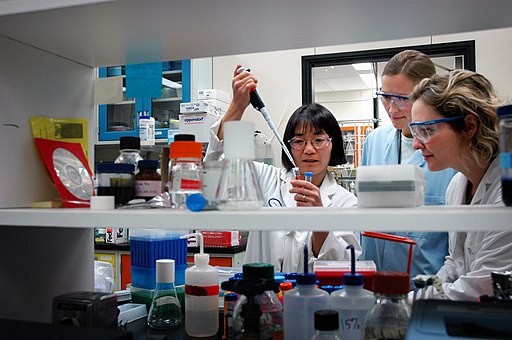For the early-stage diagnosis and therapy of genetic diseases, precise identification of DNA-specific sequences is paramount. As the understanding of the genomics of disease improves, translating this data into actionable clinical methods will be facilitated by DNA diagnostic systems.

In detecting DNA sequences, experts aim to achieve this at a low concentration but with high sensitivity. In conventional detection methods, a sample usually contains many molecules other than the target DNA, which can interfere with the result.
Role of DNA Sequencing in Biotechnology
DNA sequencing is a laboratory technique for determining a DNA molecule's exact sequence of bases or building blocks. Each organism has a specific nucleotide base sequence, so everyone has a different DNA sequence. This sequence provides kinetic information carried in a particular DNA segment.
In medical biotechnology, DNA sequencing helps find more efficient ways of identifying the cause of genetic disorders and the methods to help cure them. It also enables scientists to determine how much a patient's genetic profile affects their response to a drug.
READ ALSO : Novel Forensic Technology Can Accurately Detect DNA in Small Amounts of Sample Even After 72 Hours
Enhanced DNA Detection
Addressing the challenge in traditional detection methods has been the goal of researchers from the University of Massachusetts Amherst. They developed a technique with improved sensitivity by about 100 times with no cost.
The new method differs as the test sample is put within an alternating electric field. According to lead author Jinglei Ping, the DNA strands are allowed to "dance," allowing them to have a specific oscillation frequency. The experts can then read the samples to determine if a molecule moves in a way that matches the movement of the target DNA, distinguishing them easily from different movement patterns. This method also works even if there is a deficient concentration of the target DNA.
The novel method can have huge implications for speeding up disease detection. First, it allows diagnoses to happen at earlier stages of disease progression because it is so sensitive. This can greatly affect health outcomes.
Second, the method takes only minutes to provide results because it is all-electric, unlike the traditional method, which takes days, weeks, or months. This makes the technique suitable for point of care. As the samples are provided in the laboratory, the results can be released quickly or slowly, depending on how fast they go.
There was an instance when the research team froze a biopsy sample sent to a laboratory for processing, which usually takes up to two months. The team achieved near-instant results, meaning treatment will not have to wait for laboratory processing times.
Another benefit of this method is its portability, with the device resembling a blood sugar test tool. This opens the door to improved health on a global scale. As described by Ping, it can be used in places where the resources are limited.
The nano-mechanoelectrical approach can be integrated with other bioengineering technologies like CRISPR. This allows for the elucidation of nucleic acid signaling pathways, comprehension of disease mechanisms, identifying novel drug targets, and creation of personalized treatment strategies such as microRNA-targeted therapies.
RELATED ARTICLE : DNA Molecules Extraction Made Possible with Nanopore Instead of Merely Detecting Diseases and Genetic Disorders
Check out more news and information on DNA in Science Times.
© 2025 ScienceTimes.com All rights reserved. Do not reproduce without permission. The window to the world of Science Times.











